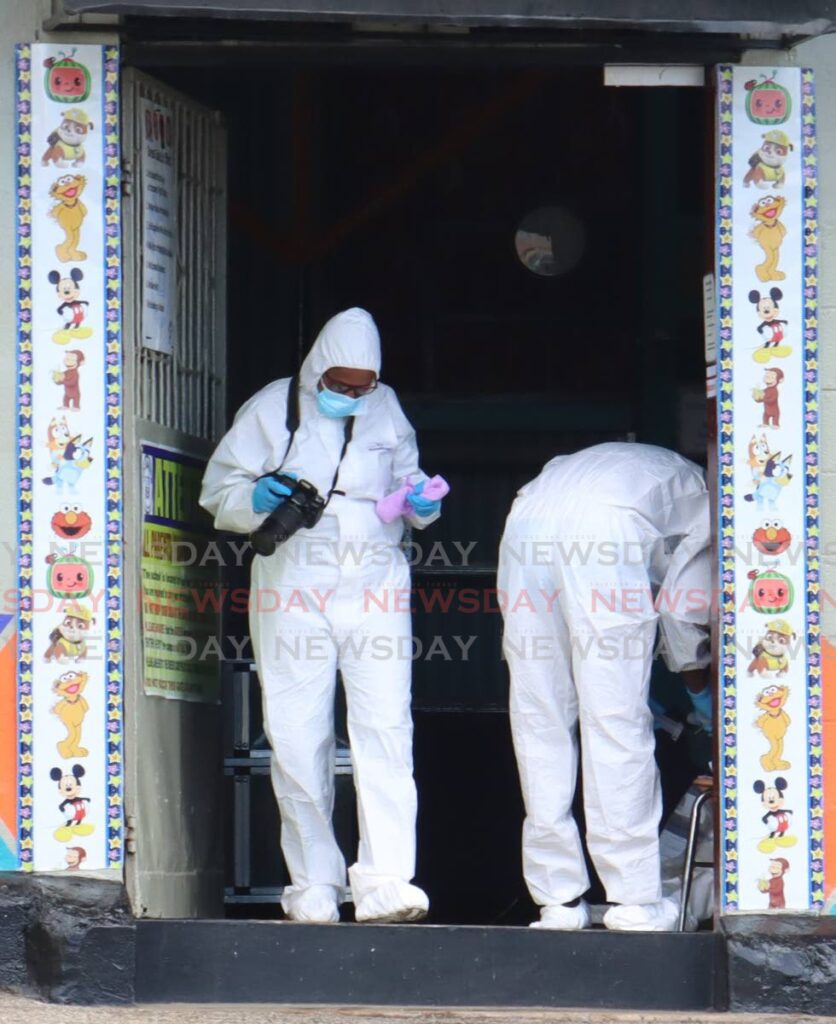Traumatised tots

A CRIME can be committed in a matter of seconds. Yet, its consequences last a lifetime. The fallout since the fatal shooting outside of Roxann’s Learning and Childhood Centre in Malick, Barataria, on September 25 is an apt reminder.
We return to this case today because of its graphic illustration of the way crime affects not only victims, but also members of a community. It poses a formidable challenge to the State – which is increasingly under-resourced – when it comes to tackling the trauma of innocent bystanders, such as the children who were inside the preschool.
On September 25, those children were in class when armed men exited a vehicle and fired at two men standing outside. One man died, the other tried to escape and ran into the school. He later died at hospital. Crime scene investigators, wearing white hazmat suits, had to comb the entrance of the premises.
The whole preschool will have to be relocated. A four-year-old student, who was among three people injured, has been left nursing a leg injury. He needs to use a paediatric wheelchair. The police oversaw a single counselling session with students and parents on October 1. But counselling requires time.
“The trauma team said they would not just walk away, they’ll keep in contact,” said the school’s principal Roxann King.
We hope so.
Studies done around the world demonstrate children who are exposed to violence in public settings can experience a range of psychological problems, including depression, anxiety and post-traumatic stress disorder (PTSD). While there is need for further investigation, one 2015 study involving students in a TT setting postulated a significant correlation between community violence and PTSD symptoms.
While Ms King sought to be positive about the challenges ahead, noting her charges for the moment appear resilient, she acknowledged the difficulties of the situation and the palpable anger of parents left shaken by what has occurred.
There is reason to query the impact of sustained high crime levels on students, young and old, and the ways in which violence begets violence.
For instance, the UWI-funded TT Youth Project in 2013 estimated 50 per cent of youths involved in crime are afflicted with health problems. The case of a 15-year-old girl recruited into gang life, recently highlighted by this newspaper, also lays bare the complex way crime continues to lure the next generation.
The State’s approach to dealing with traumatised children must be strengthened.
This means more counselling, more follow-ups and more community policing premised on helping those left to pick up the pieces.
It should also mean more partnerships with civil society groups that might be in a position to pick up the slack in areas where the State plainly does not have the expertise.

Comments
"Traumatised tots"